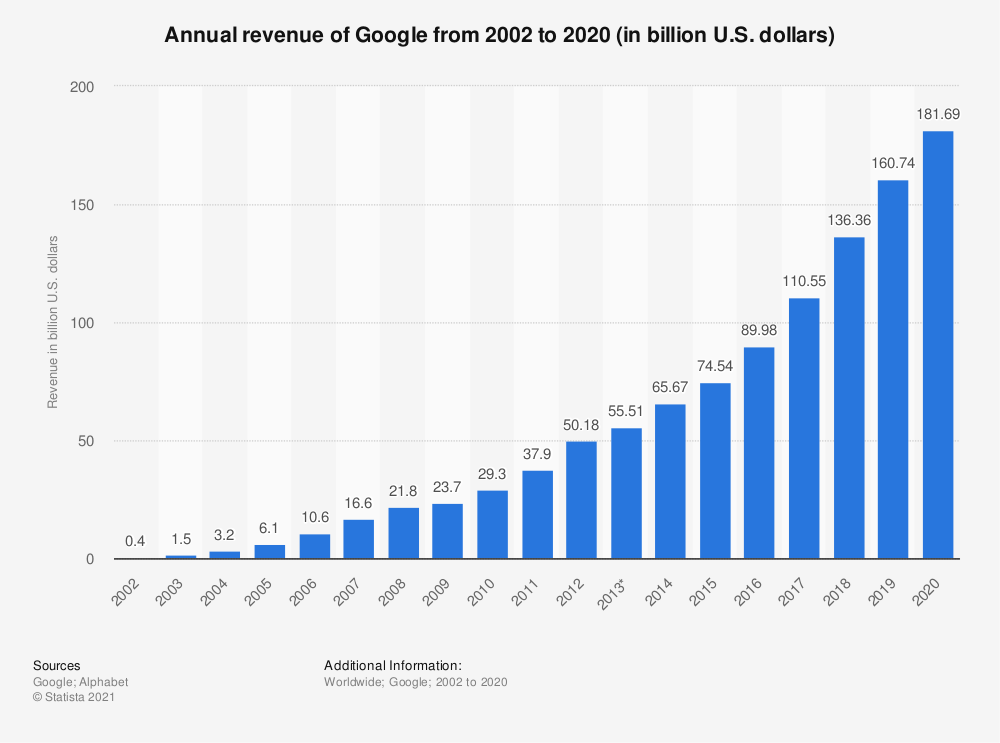Advertising has never been more ubiquitous; it’s in your social media feeds, on billboards, on the side of trucks, televisions, computers, tablets, and cellphones; everywhere you look, ads are vying for attention. Deciding how to allocate your advertising budget requires knowledge gained through research, experience, and foresight. Today, I’ll try to help you make sense of the jargon and cover some proven Internet Marketing Strategies of 2023.
Do you ever feel like a marketing “expert” is speaking some foreign language? It isn’t easy to keep track of terminology, especially when various terms are used interchangeably or their definitions are revised over time.
Internet Market Consulting’s (IMC) brain trust of advertising and marketing professionals has over 36 years of experience. Terminology, best practices, and marketing channels have evolved. For perspective, Larry Page and Sergey Brin launched Google Search 25 years ago, and Google Analytics wasn’t launched until 2005, the same year Internet Market Consulting was founded.
Let’s start with the difference between Internet and Digital Marketing.
Digital Marketing vs. Internet Marketing
Digital marketing. Internet marketing. Online marketing. These terms are used interchangeably, but do they mean the same thing?
Digital marketing and Internet marketing are remarkably similar but differ slightly.
Digital Marketing
Digital marketing is a broad term that describes marketing strategies using digital channels to promote your products or services. This term is an umbrella term that describes anything that uses a digital platform to market your business, from social media to TV ads. Digital marketing ads aren’t limited to the web.
Internet Marketing
Internet marketing, or online marketing, is a subset of digital marketing that includes strategies you use to market yourself online. Internet marketing focuses on building a presence on the web.
To deliver a sustainable long-term marketing solution and an overall Return on your Marketing Investment (ROI), a company will need a thorough Internet Marketing Plan with a customized combination of advertising channels. Today, we’ll discuss marketing strategies requiring the Internet; look for future articles to cover digital marketing channels that do not fall under the Internet marketing purview, including email, sms, TV, and radio. This article will cover many of the proven Internet Marketing practices of 2023.
As part of a company’s overall marketing strategy, Internet Marketing is an increasingly important part of a company’s promotional line of attack. To achieve noticeable exposure, start with professional, high-quality original content about your company, products, and services optimized specifically for search engines, first by improving the site’s natural (organic) ranking or position through search engine optimization (SEO).
Search Engine Optimization (SEO)
Google Advertising Revenue was 181.69 billion in 2020, up from 74.54 billion in 2015. Search Engine Optimization is improving the quality and quantity of traffic to a website or a web page from search engines. SEO targets unpaid traffic (known as “natural” or “organic” results) rather than direct traffic or paid traffic. Unpaid traffic may originate from searches such as map, image, video, or news searches.
The average person performs 3 to 4 searches per day, and it’s critical to invest in SEO to help reach more qualified leads.
Effective SEO Strategy – Key Components
- Integrating relevant key terms: Keywords trigger your website to appear in search results. To reach people looking for your business, you must choose the correct, industry-specific terms to drive traffic. As a rule of thumb, you’ll want to stick to long-tail keywords containing three or more words to ensure you’re driving traffic interested in your business.
- Improve your website’s load time: Users want information quickly, and search engines want to deliver it fast. Browser caching, file compression, and image optimization can all maximize page speed.
- Make your site mobile-friendly: Since Google moved towards mobile-first indexing, which considers your mobile site with your rankings, you must ensure your site is mobile-friendly. Use Google’s Mobile-Friendly Test to figure out if your site is mobile-friendly. If not, you can utilize responsive design to help you create a mobile-friendly site.
The Best Internet marketing strategies incorporate ongoing SEO and content marketing with search engine marketing (SEM) like pay-per-click (PPC) ads and display advertising. This may or may not include affiliate marketing.
Affiliate Marketing
Statistics show the U.S. affiliate marketing spend will reach 8.2 billion U.S. dollars by 2022, up from 5.4 billion recorded in 2017. Affiliate marketing is when another company promotes your products or services. When someone purchases services through your affiliate link, you pay a commission to the affiliate.
An affiliate is a salesperson for the company. They help to make sales for the company and receive a commission in return.
While utilizing affiliate marketing, it is imperative to have access to trustworthy affiliate networks with reputable companies using proven fraud prevention methods and revenue tracking. Lacking a proper Digital Marketing Manager, even the more extensive affiliate networks like Rakuten can disappoint you by failing to track revenue, payout promptly, and promptly address fraud.
Marketing changes occur continuously. Internet Marketing Professionals have to keep pace with the constantly changing marketing possibilities. When performance wanes on one advertising channel, your marketing managers must pivot to other channels. Don’t rely too heavily on a single advertising channel; even giants like Google and Amazon will eventually disappoint you.
WARNING: Don’t be fooled into thinking you can game search engines into increasing traffic by participating in shady networks, commonly called link farms.
Content Marketing
Content marketing is a marketing strategy that involves creating and distributing valuable, relevant, and engaging content to attract a targeted audience and encourage them to purchase.
This marketing strategy doesn’t explicitly promote a brand but stimulates consumer interest in its product or service. The idea is that the more value you offer consumers in the form of expert knowledge, the more you’ll entice them to purchase your product.
Some other benefits of content marketing: Your website should be free of errors with a high-quality, well-optimized website design and exclusive content easily navigated by search engines and users.
- Showcases your company’s knowledge, expertise, and authority in the industry.
- Establishes your credibility, helping you gain consumer trust.
- Builds brand awareness by placing your brand across the web.
- Boosts your website’s SEO so you can get found by new customers.
- Engages existing customers so that they buy again.
- Promote your website for free.
Responsible Internet marketing, using legitimate promotional practices, also known as “White Hat” techniques like content marketing, is a worthwhile yet gradual endeavor. Beware of companies that advertise an instantaneously successful website and try to sell some form of “Internet Marketing Program” or “SEO” promising to make you “#1 on Google” using techniques commonly referred to as “Black Hat,” which can get a website banned by search engines.
IMC Digital Marketing Managers can help you stay on top of new opportunities and laws governing privacy and advertising.
Search Engine Marketing (SEM)
Search engine marketing (SEM) is a digital marketing strategy used to increase the visibility of a website in search engine results pages (SERPs). While the industry term once referred to both organic search activities such as search engine optimization (SEO), it now refers almost exclusively to paid search advertising. Look at Google’s SERPs, and you’ll see why – the first page is almost entirely paid advertisements.
With SEM, advertisers pay for ads to appear as search results on search engine results pages (SERPs). They target select keyphrases so that their ads appear when a user searches for those terms. You can pay per thousand impressions, like traditional advertising, or only when a user clicks on the ad.
Pay-Per-Click (PPC)
Under the pay-per-click model, advertisers only pay when one of their ads is clicked, which leads a potential client directly to their website or landing page. The price for this service varies. One of the key benefits of advertising via PPC is the ability to bid for ad placements. This allows you to customize your advertising budget and select the time and placement of your ads. Bidding for popular search terms can be aggressive, but by choosing unique and relevant words, you can typically advertise for a relatively inexpensive amount per click.
Paid search ads can be found on almost any search results page. These paid placements are typically located at the top and bottom of the page. They include an “Ad” designation to inform users that it is a paid placement.
Pay Per Impression – Cost Per Mille (CPM)
Per impression is slightly different than PPC. Much like traditional advertising, the display of an ad (impression) is nothing more than a single appearance of an ad. Viewers are not required to take action by, for example, clicking the ad. Banners or other advertisements are placed according to the terms of a contract. Payment is typically based on a predetermined number of impressions, generally set at 1000, thus naming it “Cost-Per-Mille,” with mille being the Latin word for “thousand.” While you are paying for each instance of the advertisement, it is generally less expensive than the cost per click. Advertisers are drawn towards CPM because of the enormous amount of visibility it can bring; the ad is seen often even when the ad itself is not clicked. It is strongly believed that the ad is still read and that exposure counts over the long run. If the ad is attractive and grabs attention, the click-through rate (CTR) will be higher, thus generating even better results.
Retargeting / Remarketing
Remarketing is proven to increase revenue by up to 30% Remarketing and retargeting are often used interchangeably. However, there are key differences between the two terms. Remarketing is an umbrella term for any digital campaign that tracks users and serves them with targeted ads or marketing materials. This can include anything from email remarketing to Google display ads and involves collecting information about a user’s behavior to create a dedicated ‘remarketing list.’
Retargeting, on the other hand, is simply used to refer to a type of marketing that relies on website cookies to serve ads to potential customers. Cookies are small pieces of data that are stored on a user’s browser when they visit your site; they can be used to serve retargeting ads to the customer based on what they were looking at on a particular page of your site.
Remarketing is a form of digital marketing that serves ads to users who have visited a website but haven’t taken action, e.g., made a purchase or filled out a form. It’s an effective way to bring back potential customers who appeared close to a decision and encourage them to revisit your site.
Think of remarketing as giving yourself a second chance to convert a customer. They could have left your site for any number of reasons, so a well-targeted remarketing ad copy could be all it takes to give them the gentle nudge towards following through with their transaction.
You can create and manage a remarketing campaign on numerous platforms and ad networks. We list the different remarketing options below:
- Display ads – The most popular, simple, and effective type of remarketing; display ads appear on other sites when a potential customer has been on your website and are powered by ad networks like Google. AdRoll is a great network that doesn’t have the minimum traffic requirement of Google.
- Social media ads – Work the same way as traditional display ads, except your ads appear on a person’s social media networks. You can either choose standard display ads or ads that look like genuine posts but are caveated with a ‘sponsored’ label.
- Search ads – Search ads appear on a person’s search results page that has already demonstrated some kind of interest in a brand. For example, if someone was on your site looking at your products or services, you could customize your search ad campaign based on what they were looking for so your brand continues appearing in search engine results.
- Native ads – Native advertising is the concept of creating ads that are cohesive with the page content, assimilated into the design, and consistent with the platform behavior that the viewer feels the ad belongs to. Promoted search results and sponsored social media posts are popular examples of native ads. Both formats provide the same kind of value to users as organic search results and user-generated social media posts.
The BEST Internet marketing strategies start with an excellent website design filled with informative, well-organized content that is maintained and optimized so that it is easily consumed by users and search engines. Combine content marketing with paid search and use display advertising to build brand awareness and remarketing. Find out why so many companies find IMC Digital Marketing Managers indispensable to any company’s marketing strategy.







